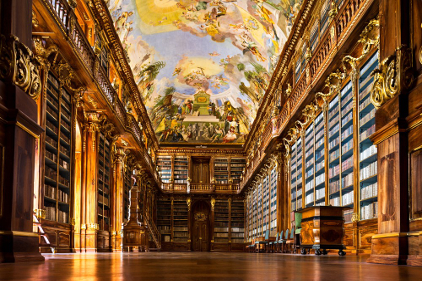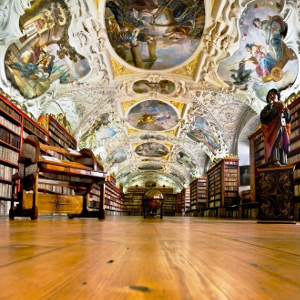Flooring is one of the main features that determine a home’s overall style. With the variety of floor types available on the market, you can easily help your customers master the distinct look and feel they would like to achieve in their homes. On that note, have you ever considered how conventional floor coverings became the norm?
During the early 14th century, homeowners used rubber and cloth as floor coverings. Then during the Middle Ages wood became the floor covering of choice in aristocratic homes, effectively catapulting timber onto the global stage as the flooring material of choice—even to this day.
The most popular floor styles today were derived from various cultures and eras. Before choosing which surface best embodies your customers’ style, learn a bit about each type with regard to its origins.
Bamboo
Bamboo flooring is characterised by its hardwood look and durability. Having originated in China over 5,000 years ago, it is the one of the most eco-friendly surface options thanks to the fast regeneration of the bamboo plant. Bamboo itself has been widely used in Asia for centuries for a variety of applications including paper, weaving and light-duty construction. It was only in the 1990s, however, that bamboo was introduced to North America as an alternative to traditional wood flooring.
At the turn of the last century, when sustainable living became a global trend, bamboo surfacing regained instant popularity. Flooring companies around the world took note and started producing bamboo floors in a wide range of designs and consructions. The modern treatment of bamboo flooring has allowed it to become a strong competitor in the industry; it is resilient, attractive and affordable.
Timber (Traditional Wood)
The Baroque Era, known for its artistic flair, popularized hardwood floors. This solid, hardwearing material is the most common, durable floor surface, and is widely available in solid and engineered constructions in a large variety of species. Wood is also a key part laminate flooring.
Initially only used in affluent homes, hardwood floors became a commonly used surface in many homes throughout Europe, Asia and America in the 1920s due to the rapid progression of the middle class.
Timber hardwood is a classic, timeless surface that evokes feelings of warmth and luxury, and remains one of the most sought-after flooring styles. Durable and long lasting hardwood flooring can instantly change the style and ambience of any interior.
Cork
The cork oak tree is majestic and strong, and admired for its size and beauty. Its outer layer of bark, which contains cork, is utilized for a variety of applications.
Initially produced in 1904 for commercial industries in North America, cork tiles (the original form of cork floor boards) were relatively expensive due to its many favorable attributes. The natural color adds warmth to any space, the density of the material has sound absorbing qualities and its strength makes it a durable and easy-to-maintain surface.
In 1941, architects decided to install over 21,500 square feet of cork flooring in Washington’s National Gallery of Art, which influenced the residential market to a great extent. Homeowners embraced the trend and cork flooring became one of the most popular flooring options throughout America and Europe in the mid-1940s.
Today, in part because of the green movement, it isstarting to see a resurgence, similar to bamboo
Laminate
Closely resembling hardwood and bamboo floors, laminate is comprised of several layers of wood covered with a photographic film to imitate wood (and even tile and stone), at a fraction of the cost. Initially, an entire floor was produced by gluing planks of laminate side-by-side. This flooring option was first introduced to the European market in the 1980s, followed by North America is the 1990s. In the late 1990s, a glue-less laminate flooring was introduced to the market promoting a faster, cleaner installation.
Laminate flooring is affordable, and is a main selling point for families on a budget.
Now you know a bit more about how different floors came to be popular choices in our homes. Each type of flooring has its own history, personality and style and can be used to create a unique décor theme throughout your customers’ homes.
Emily Ford is based in Perth, Australia, and is an interior decorator and freelance writer for numerous trade publications and local companies. Feel free to connect with her at the Property Institute, propertyinstitute.com.au.
The author wishes to thank the team at Coastal Timber (www.coastaltimberfloors.com.au) for its help with providing some of the information in the article.

|

|
| Baroque Library in the Strahov Monastery – Prague (parquet floors built in 1720s) | Timber or traditional wood flooring in the Strahov Monastery – Prague |

Recent Comments
Pantano
Recycled Bob ...
http://arnoldschwarzeneggers.com/
https://www.mylivecart.com/...
https://www.connect55.com/...